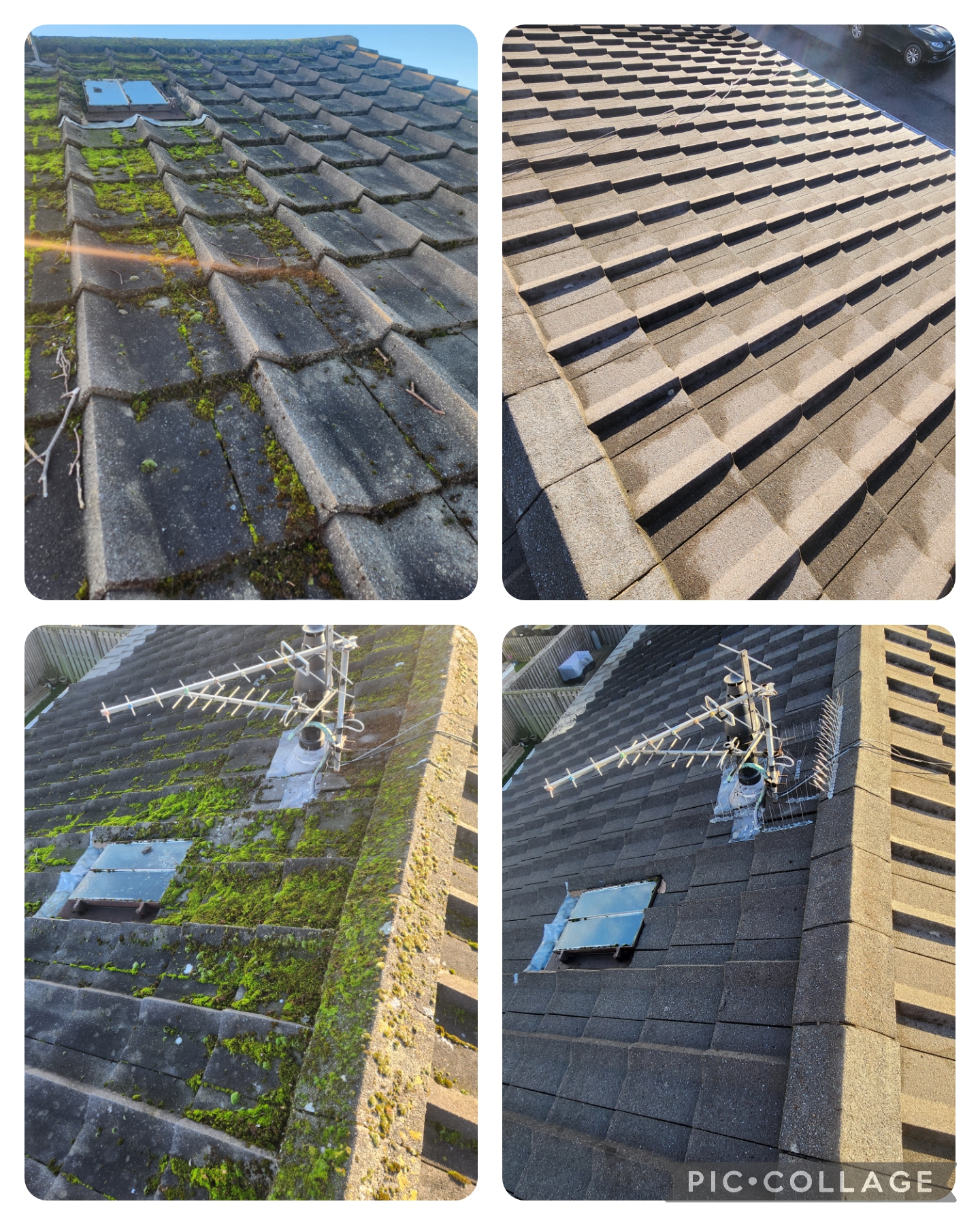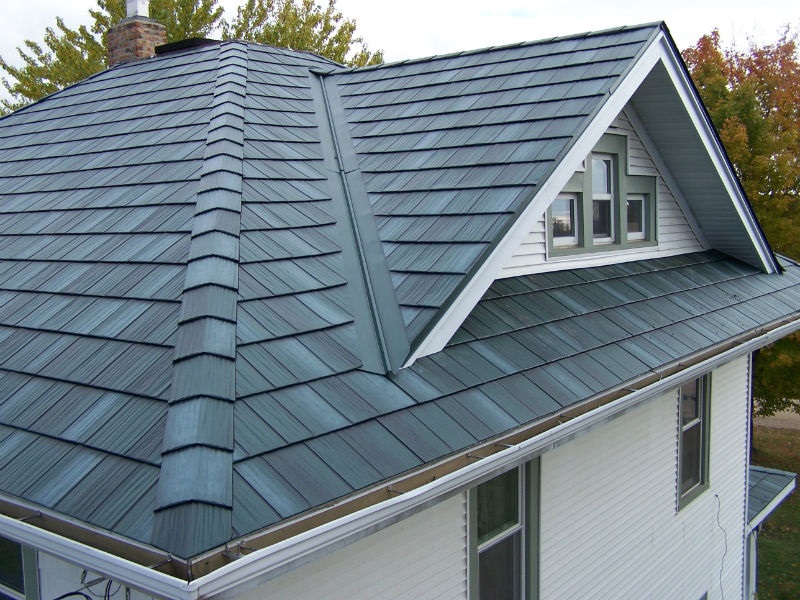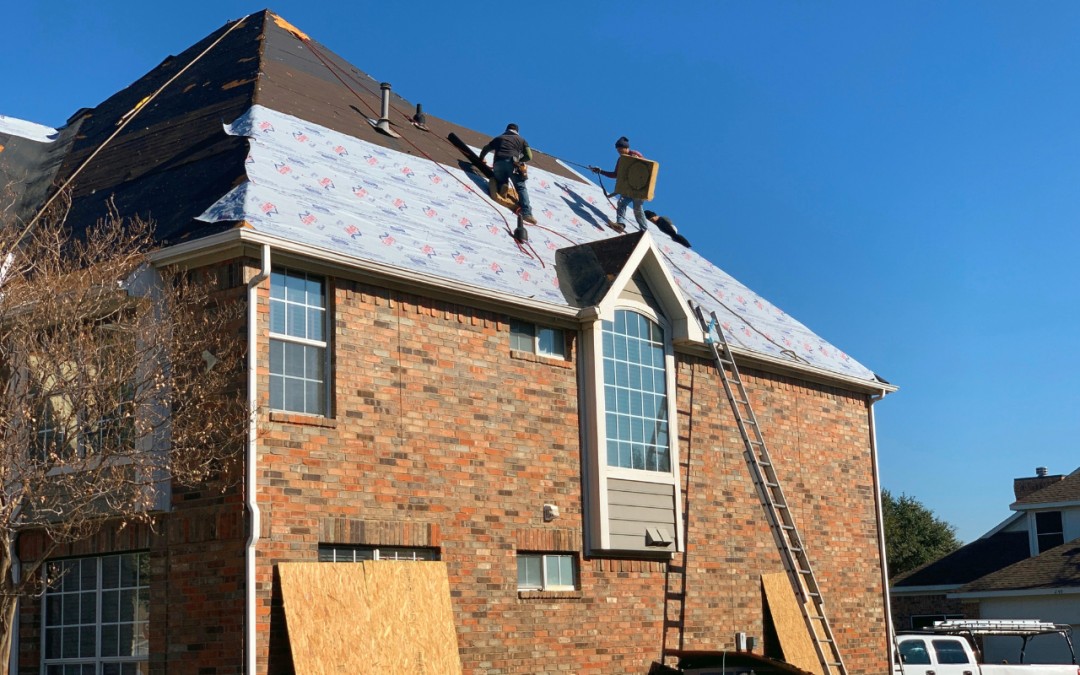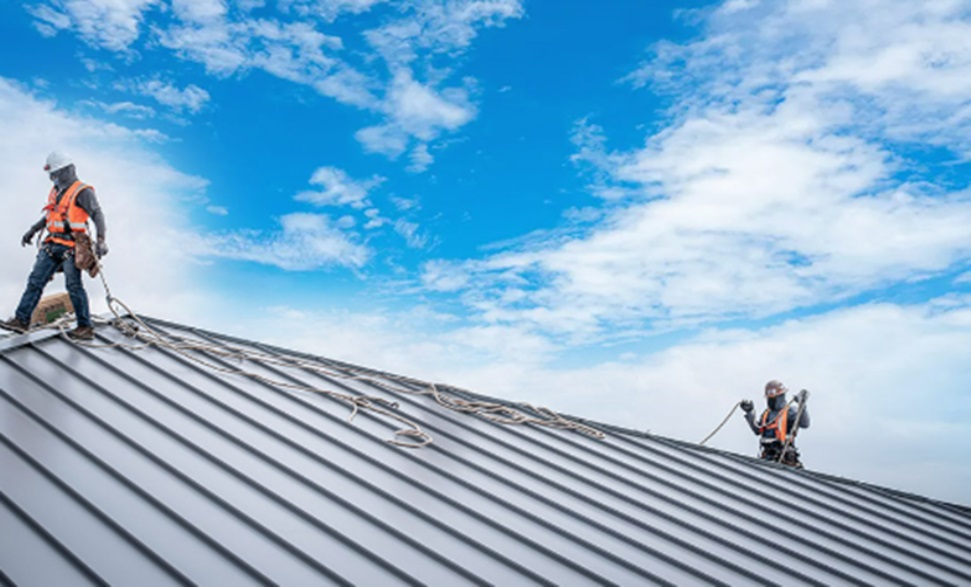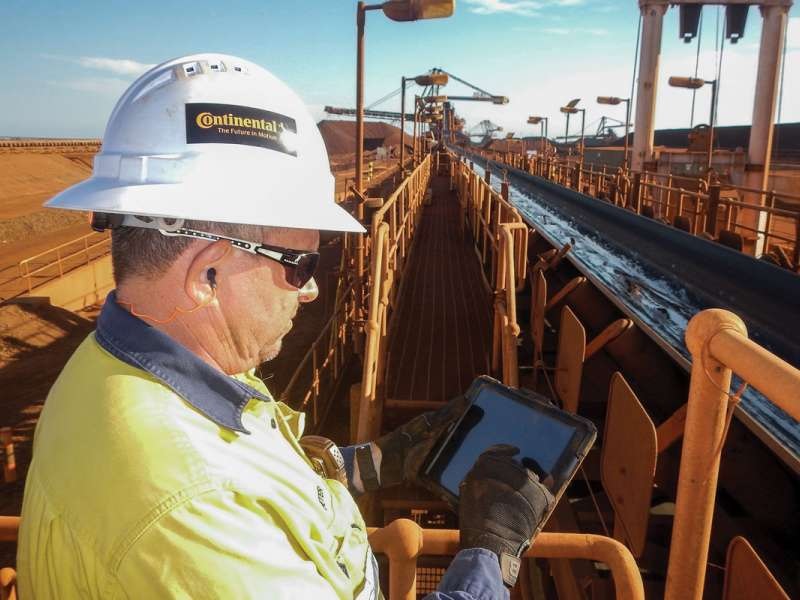Roof cleaning is a crucial maintenance task, but it can be dangerous if not approached byproper safety precautions. Best roof cleaning in Fife must adhere to specific health and safety laws to ensure the protection of workers, property owners, and the public. These regulations are designed to prevent accidents, promote safe working practices, and ensure that the work is carried out responsibly. Here are the key safety laws and regulations that roof cleaning in the UK must follow.
- Health and Safety at Work Act 1974
The Health and Safety at Work Act 1974 is the primary piece of legislation governing workplace health and safety in the UK. It places a general duty on employers to ensure, as far as is reasonably practicable, the health, safety, and welfare of employees while they are at work. For roof cleaning businesses, this means providing adequate training, supervision, and safety equipment for workers to carry out their tasks safely. Employers must also assess and manage the risks associated with roof cleaning, including falls, exposure to hazardous substances, and the use of cleaning chemicals.
- Work at Height Regulations 2005
The Work at Height Regulations 2005 specifically addresses the risks associated with working at heights, which is a major concern for roof cleaners. These regulations require that work at height is planned, organized, and carried out by competent people. Employers must ensure that workers have the proper equipment, such as ladders, scaffolding, or fall arrest systems, to prevent falls. Workers should also receive training in using this equipment safely. If roof cleaning involves working from ladders or scaffolding, employers must ensure that these are stable, secure, and inspected regularly.
- Control of Substances Hazardous to Health (COSHH) Regulations 2002
Roof cleaners often use chemicals, such as bleach, biocides, or other cleaning solutions, to remove moss, algae, and other growths from the roof. The Control of Substances Hazardous to Health (COSHH) Regulations 2002 require employers to control exposure to hazardous substances in the workplace. This means that roof cleaning companies must assess the risks associated with the chemicals they use, provide appropriate safety data sheets, and ensure that workers are trained in handling and applying these substances safely. Personal protective equipment (PPE), such as gloves, masks, and goggles, should be provided to protect workers from harmful chemicals.
- Personal Protective Equipment at Work Regulations 1992
The Personal Protective Equipment (PPE) at Work Regulations 1992 requires employers to provide suitable PPE to workers who may be exposed to risks while working. For roof cleaners, this includes safety helmets, non-slip footwear, fall protection harnesses, gloves, and eye protection. PPE must be maintained and replaced regularly to ensure that it remains in good working condition. These regulations ensure that workers are protected from common roof cleaning hazards, such as falls, sharp edges, and exposure to dangerous chemicals.
- Provision and Use of Work Equipment Regulations 1998 (PUWER)
The Provision and Use of Work Equipment Regulations (PUWER) 1998 govern the safe use of work equipment in the workplace. This applies to any equipment used during roof cleaning, including ladders, scaffolding, pressure washers, and other machinery. PUWER requires that all equipment is maintained, inspected, and safe for use. Workers should also be trained in the safe operation of this equipment to prevent accidents and injuries.
